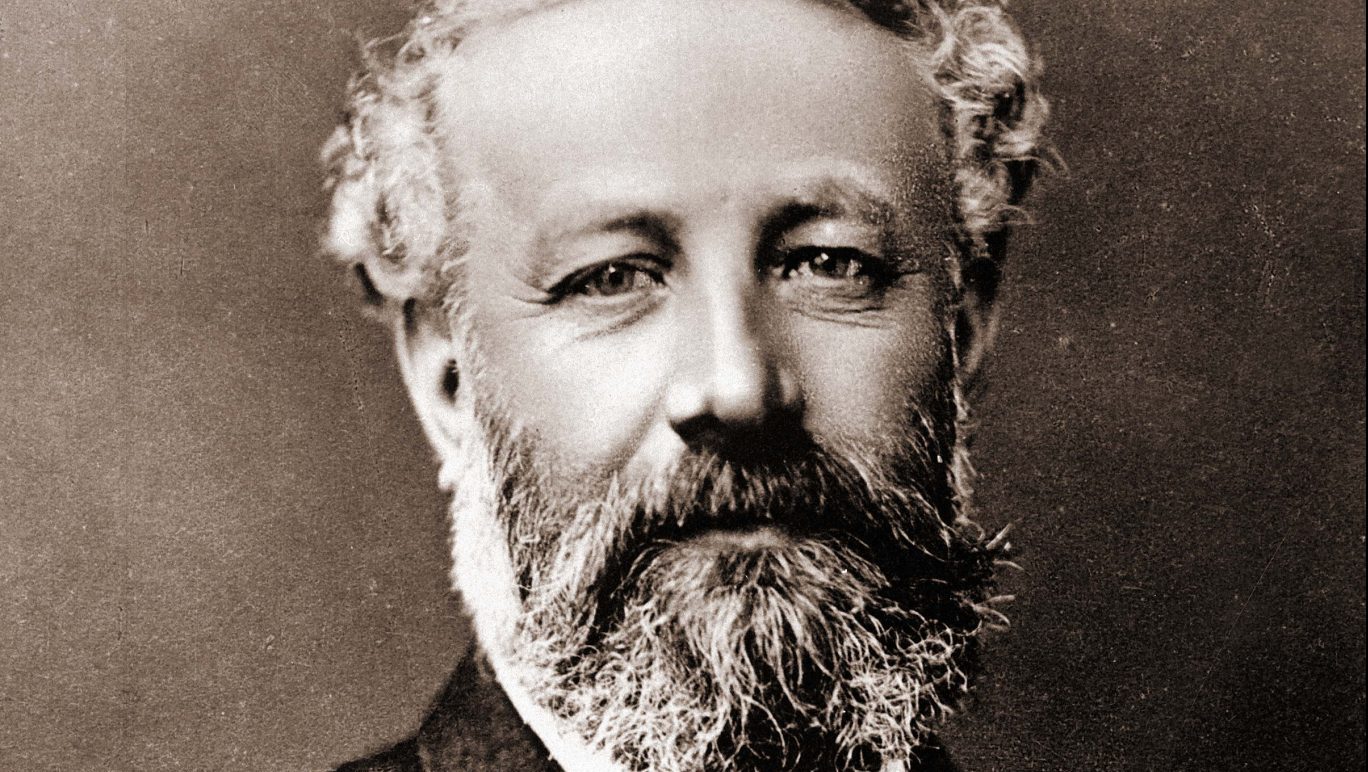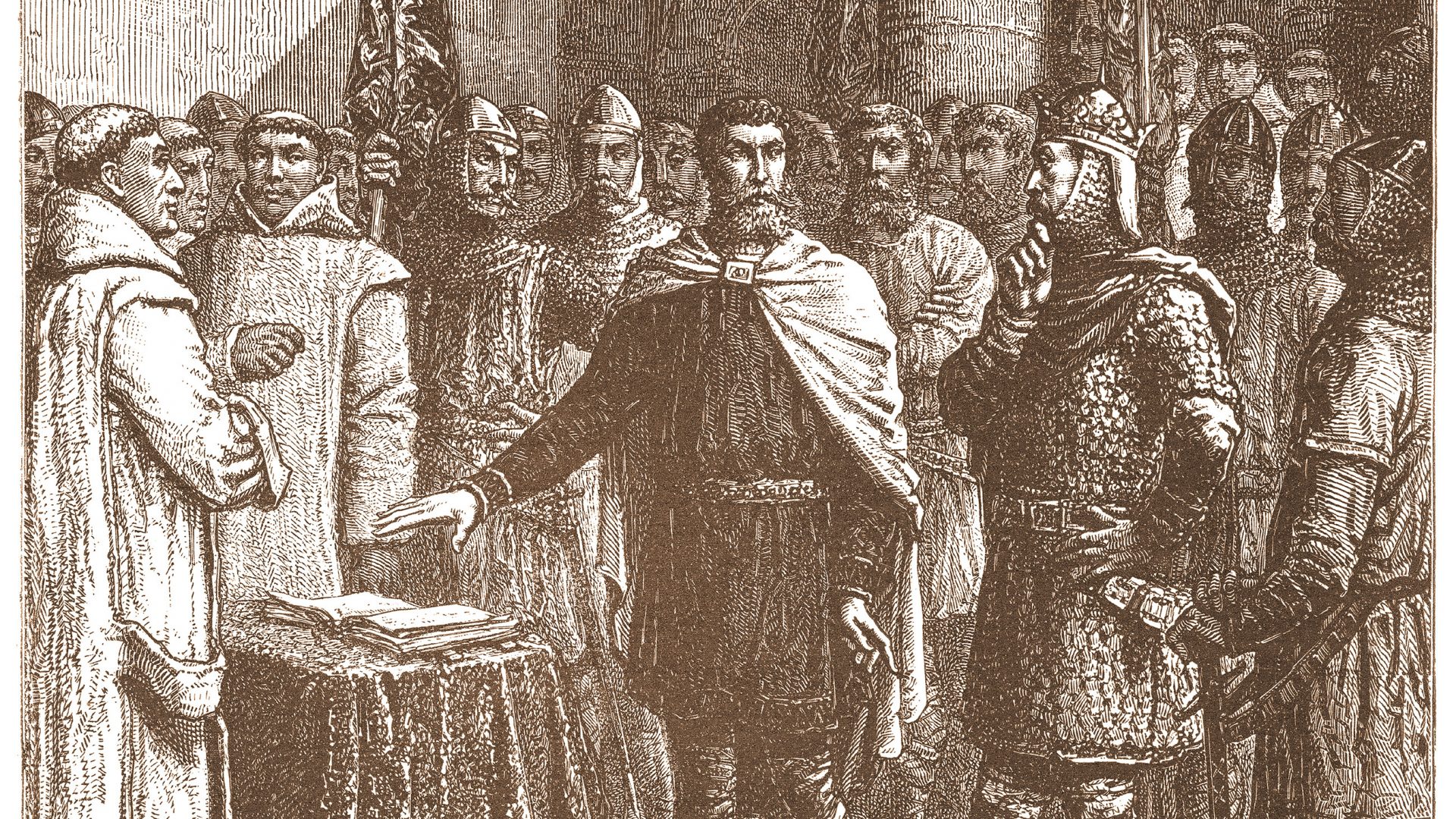Jules Verne huddled with his friends below deck, dreaming of coral. He felt the groan of the ship against its moorings; like him, it seemed to be aching for freedom.
Soon, the three-mast Coralie would set sail from the port of Paimbœuf along the widening Loire, and into the north Atlantic. Its destination was the Indies, where it would load its exotic cargo and Verne would use his wages to buy a necklace for his cousin Caroline as proof of his voyage. Then the ship would return to his home town of Nantes, and Verne would return to his mother and father, and to school. After all, he was only 11 years old.
Earlier that morning, Verne and two school friends had rowed out from the Nantes docks to the Coralie and asked to be taken on as cabin boys. They had lied about their ages, and though it seemed barely credible that they were believed, all three were taken on. Now, once this first stop was completed, the trio would embark on a great adventure.
The hubbub of the dock grew louder. Verne might have expected the shouts from above to be part of the preparation before the anchor was raised and the ropes released. Instead, lit by the reflection of the glass prisms built flush into the deck, he saw a familiar figure walking towards him…
On an otherwise quiet carriage ride back to Nantes, his chastened companions in tow, Jules Verne’s father asked him to promise not to run away again. The boy agreed. “From now on,” he said, “I will travel only in my imagination.”
At first glance, this is a story that seems to say everything about a man who opened up new horizons for his readers. There are two problems with it, however.
One, though faithfully recorded by his niece Marguerite in what would be the first biography of her celebrity uncle, it wasn’t in the least bit true. And second, it lacked the vision and verve that characterised Jules Verne’s greatest work.
Not that Verne thought of himself as a visionary. Indeed, one of the most likeable things about Jules Gabriel Verne was the readiness with which he pooh-poohed the notion that he was either the standard bearer for a new genre or a man blessed with the ability to see into the future.
Verne always stressed that he was a writer of science fact, not science fiction. Asked how he had dreamed up the globe-trotting Phileas Fogg in Around the World in Eighty Days, he replied “I read it in a newspaper” – probably referring to an advertisement placed by the budding travel entrepreneur Thomas Cook.
And when people asked him what inspired the likes of the Nautilus, the high-tech submarine that allows Captain Nemo to travel Twenty Thousand Leagues Under the Sea, he’d point to the Plongeur, a French submersible the plans for which were published fully eight years before he wrote his book.
If he didn’t have the gift of foresight, Verne did know a thing or two about drama. His solicitor father Pierre was determined that his eldest child pursue a career in the law. Yet while it might not have got him to the Indies, from the age of six, the younger Verne had been obsessed with adventuring, his favourite teacher Madame Sambin having told the young Jules endless stories about the husband she’d lost to the sea.
A passion for literature developed shortly thereafter, as did a fascination with romantic love that resulted in a string of crippling heartaches – including unrequited love for Caroline. None of this impressed Pierre Verne, who insisted that his son leave for Paris to complete his schooling and secure the requisite professional qualifications.
Verne spent his time in the capital cultivating relationships with literary heroes Victor Hugo and Alexandre Dumas as well as visiting the Natural History Museum and its neighbouring menagerie to marvel at the beasts of the earth and the creatures of the deep.
He also started to write. Poems, plays, Hugo-esque epics – while they mightn’t have made their way into print, they convinced Jules that his future lay in letters rather than the law. This again didn’t sit well with his father, who was equally unimpressed by Jules’ marriage to Honorine, a widow with two young children, in 1857.
The need to impress his fiancée’s family saw Verne Jr embark on a career as a stockbroker. The fortune he built up at the Paris Bourse not only convinced Honorine’s parents that she wasn’t marrying a complete liability, it also afforded him time to write. Inspiration came on two European trips – in 1858, when he sailed from Bordeaux to Liverpool and Scotland and 1861, when he went by boat to Sweden, Norway and Denmark.
Finally, everything came together. Victor Hugo’s publisher Pierre-Jules Hetzel was so taken with Verne’s writing that his first novel Five Weeks in a Balloon came out within a year of their being introduced to one another in 1862. Thus began Verne’s Voyages extraordinaires, a cycle of novels and short stories the highlights of which included Journey to the Centre of the Earth (1864), From the Earth to the Moon (1865), Twenty Thousand Leagues.. (1870) and Around the World.. (1872).
By the time he died in 1905 – from complications due to diabetes and a stroke – Verne had put his name to 55 such volumes. In doing so, he embraced such modern literary conventions as the sequel – 1875’s The Mysterious Island not only charts the ongoing adventures of Captain Nemo but also features a character from 1867’s In Search of the Castaways.
Adored by his readers, Verne had less success earning the respect of his peers. The likes of Émile Zola derided him as a writer of “fairy stories” and Verne lamented: “The great regret of my life is that I have never taken any place in French literature.” It would be left to the authors of another age to champion him as a man of literary means.
But Verne measured his worth in other ways. By 1873, he was wealthy enough to buy a two-mast ship, the Saint-Michel. As his reputation and fortune grew, he replaced this with larger boats – lastly the Saint-Michel III, a 100-foot steam yacht in which the Verne family toured the coast of Spain, the north and south Mediterranean and the Baltic.
Whether Verne ever came back from these voyages with a coral necklace is not recorded. But the travels he took in his imagination returned far more precious treasures.



